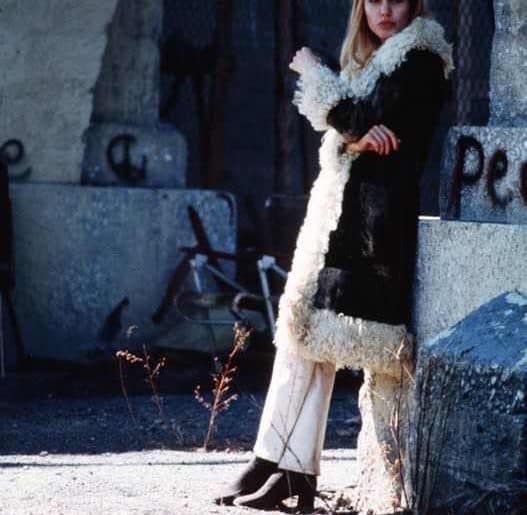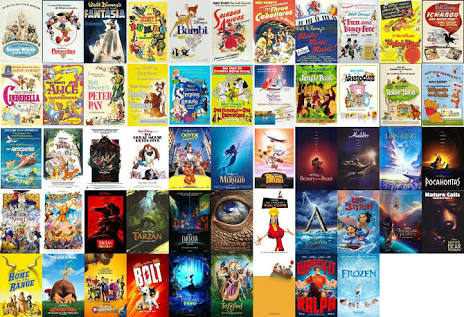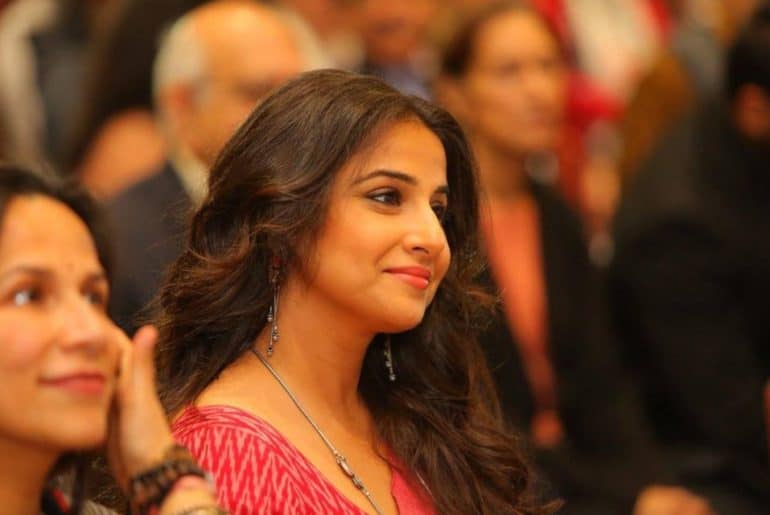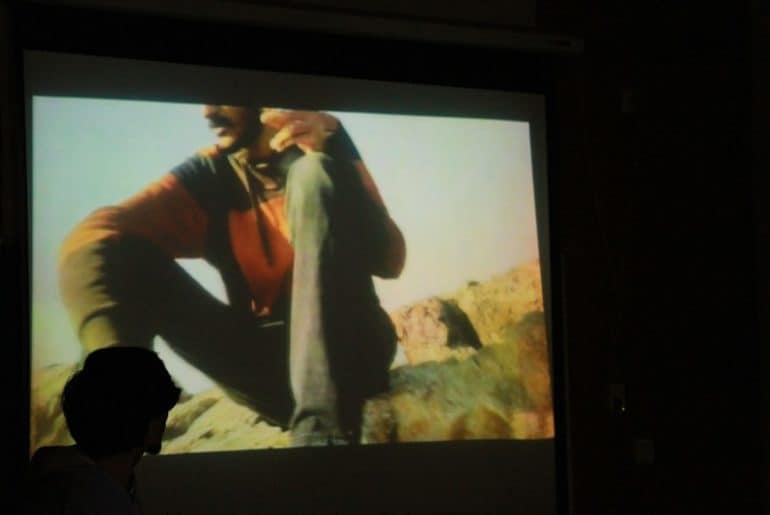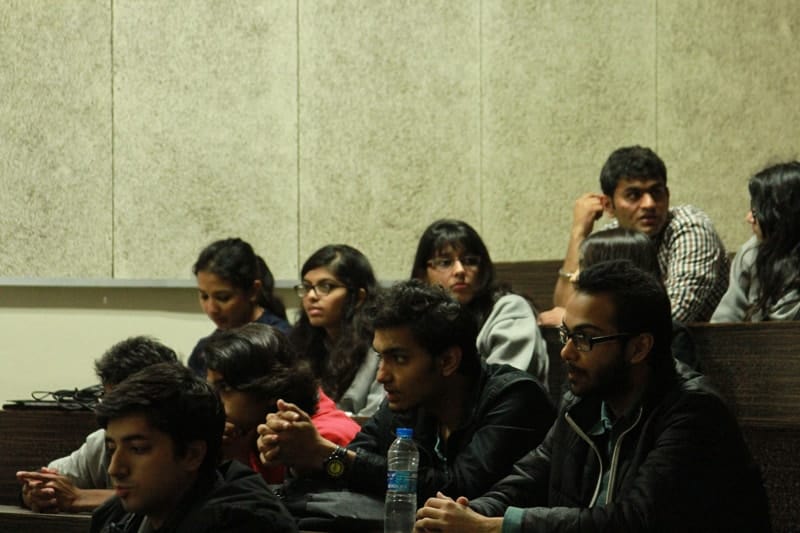Should the historically skewed representation of women in pop culture stemming from male dominance in media suggest the need for their alienation from the field, or does the solution lie in battling the age-old perpetuated stereotypes? Do men make insanely horrible movies on women’s stories? Is it intentional or is it a byproduct of our flawed socialization? How do we combat this?
There is no denying that Men have historically been the gender with the upper hand in every avenue known to humans. This historical gendered privilege has not hesitated to trickle down into contemporary scenarios which have resulted in men still assuming control and leadership in both public and private spheres. Mansplaining is a product of this skewed social construct. Many men have, and even today, continue to believe in the superiority of their gender. Even if this complex has been watered down, the mere assumption that their perspective and decisions matter more still thrives.
It is irrefutable, to say the least, that plenty of mass media, since its inception, owing to the lack of female perspective and the obvious dominance of men in filmmaking have repeatedly objectified women. Such media largely caters to the male gaze and is deeply patronizing. Women’s bodies have been commodified and capitalized upon since times immemorial in advertisements – be it selling Maaza, bikes, or the angels falling for a macho man in axe deodorant ads. The narrative of a “good woman” and a “bad woman” also largely stems from the historically perpetuated male-dictated ideals of an ideal woman. Be it our soap operas or the big screen media, a good woman is always shown fully covered from head to toe, draped in a saree, adhering to all customary norms. Whereas the villainess is always shown to be wearing promiscuous attires with a “pick-me-girl” demeanor. The latter is also the women who generally are independent, shamelessly unapologetic, and break away from the shackles of stereotypes. But does this historical defect justify the absolute abstention of men from making movies on women?
Let us first talk about what these women-centric films look like. These definitely as the name suggests are films with female protagonists, aimed at breaking the age-old gender stereotypes. They move away from the conventional ancient media which has largely portrayed a cis-male as the hero. Such media become channels for marginalized women whose stories have long remained unknown. Witnessing the long-due representation has been nothing short of empowering for all women.
The primary argument presented by proponents of those who believe men shouldn’t make women-centric movies is that men being the historical oppressor will fail to understand the nuances of the struggles of being a woman. They barely share common experiences, and any man attempting to recreate their story on the big screen is bound to trivialize their hardships. Also, men have a greater propensity of projecting women in a way that sexualizes them, thereby creating something appealing to the male gaze and patronizing women in general. But, one also needs to realize that media as an entity is itself vulnerable to being scrutinized or called out for anything problematic being exhibited. The onus then falls upon the general audience to hold the troublemakers accountable. This is a struggle against gendered stereotypes and not gender. Mere exclusion of men from a particular domain will not solve the problem.
Also, the sheer assumption that everyone belonging to a particular gender identity will have shared experiences is flawed. A rich upper-class woman will never be able to actualize the harsh realities of the life of a poor Dalit woman. Intersectional identities cut across and shape the experiences of people from the same gender in very diverse ways. The thriving misconception that a woman will always be empathetic to the oppressive experiences of another woman is broken when one looks at how in many parts of the world, it is women who have kept age-old patriarchal misogynistic traditions alive. Be it child marriage, dowry, sati, or female foeticide – women often emerge as the biggest perpetrators in these crimes against girls.
Additionally, the exclusion of nearly half the population from indulging in making films on a particular subject does more harm than good. The number of people indulging in unraveling the stories of these women immediately gets reduced to half. Secondly, when one propagates the narrative that – only women should be allowed to direct women’s movies because of their shared gendered experiences, all women’s issues get reduced to being only “women’s problems” and not the “society’s problem”. Combating deeply entrenched patriarchal norms requires society to take a stake. Such issues cannot be solved in isolation by one gender alone. Be it the feminist movement, LGBTQ movement, Dalit rights movement or Black lives matter; no battle can be won by a single identity alone. Collective action is critical for a successful outcome.
It is also important to note that many of the strong female characters that we celebrate were either written or directed by men. Be it Kangana’s character in Vikas Bahl’s Queen, Katarina Stratford in Gil Junger’s 10 Things I hate about you, Elle Woods’ in Robert Luketic’s Legally Blonde or Mark Andrew’s Brave – the female leads in these movies are known to be headstrong, unapologetic and at every step assert their autonomy thereby breaking stereotypes.
Furthermore, when men who take up the initiative to make such movies gain accolades and appreciation for their work, the resultant domino effect leads to a greater number of people now pedestalizing sensitive feminist men, as opposed to idolizing a patronizing Macho man. Come on, who doesn’t love Imtiaz Ali for giving us characters like Geet from Jab We Met or Veera from Highway? Such movies with strong female leads often have a caring, sensitive, and extremely lovable side male character. Be it Shah in Dear Zindagi, Irrfan Khan in Piku, Vikrant Massey in Chapaak, or Pankaj Tripathi in Mimi – all these male characters are very hard to not fall in love with. Writing, and directing such roles becomes a cathartic and liberating experience for the scriptwriters, movie makers, and in general everyone involved in the movie-making process. The amount of sensitization delivered through such experiences is unmatchable.
Ergo despite conceding to the fact that to date, even though some men continue to be the biggest flag bearers of male chauvinism, others willing to change should be given a chance for redemption. Our battle lies in fighting the stereotypes, and not the gender. Simply denying men such experiences only based on their gender would be nothing short of criminal.
Feature Image Source: Pinterest
Rubani Sandhu

